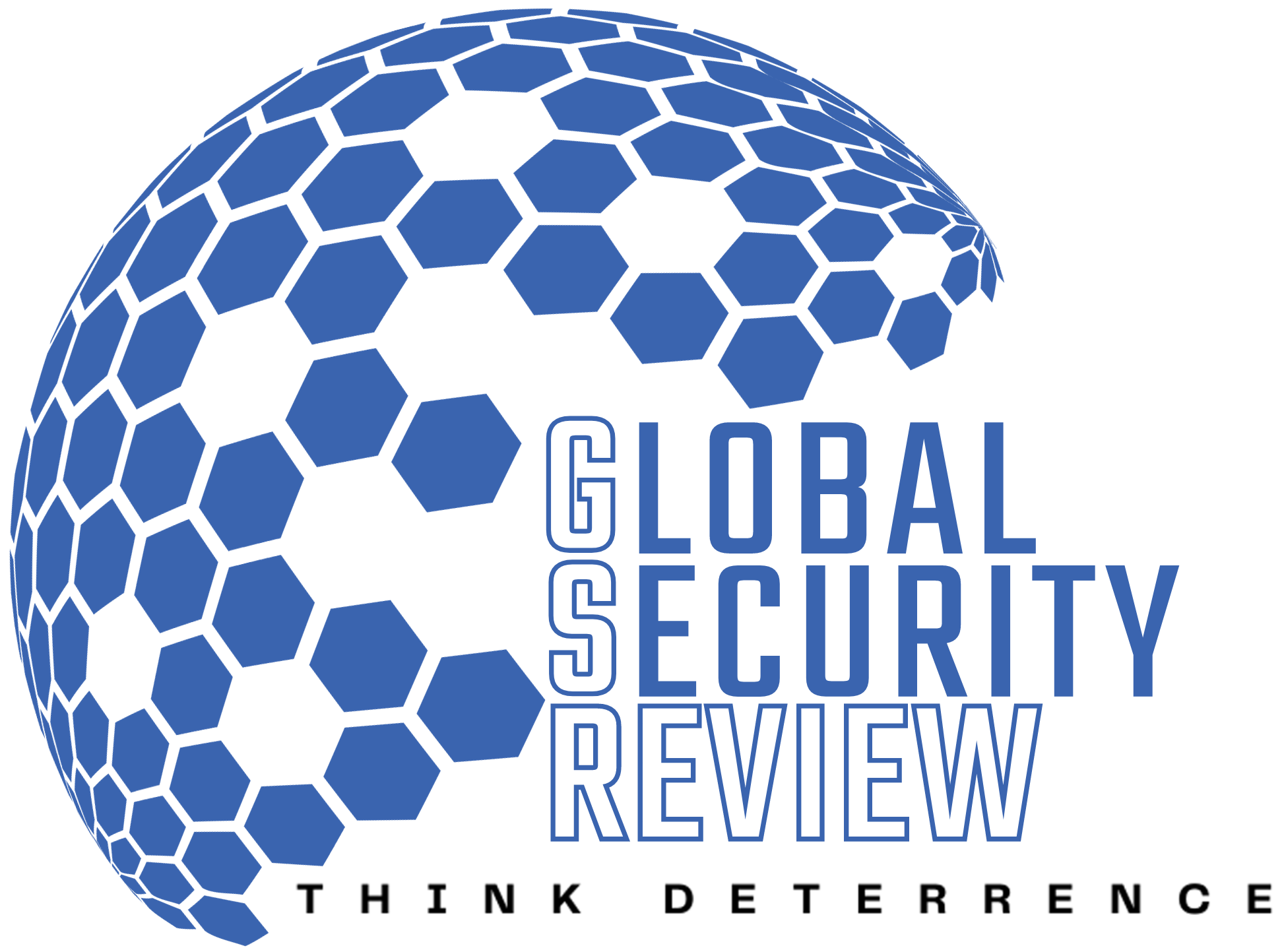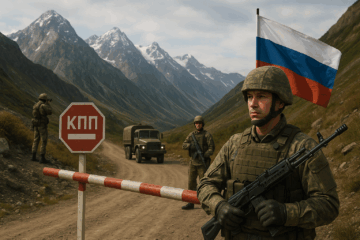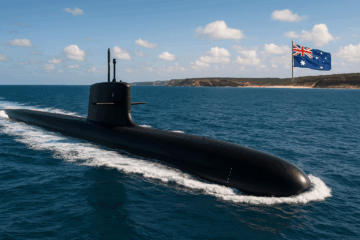The transatlantic elites of Washington and Brussels are upset with President Donald Trump for what they see as strategic retrenchment. The reality is, it is time to implement a hemispheric defense for economic, strategic, alliance, and manpower reasons. This calls for a very different American foreign policy.
For eighty years the United States pursued a policy of globalism with worldwide military commands to implement this policy. It is prohibitively expensive and is becoming increasingly difficult to sustain. Observers point out that the US defense budget was $849 billion in 2024, but this is only part of the overall annual expenditure on defense. Most countries include veterans benefits in their defense budgets. The United States treats these costs differently. Today the Veterans Administration (VA) budget stands at $369.3 billion and is rising rapidly because of the wars in Iraq and Afghanistan, which drove healthcare and retirement costs higher.
As Table 1 shows, the VA budget rose about 10 percent per annum, resulting in the VA budget rising to the second largest amount of discretionary funding in the federal budget. Further, as the breakdown of annual expenditure shows, medical costs are growing as the soldiers who went to war as young people are now in their forties and their health issues are becoming chronic while the injuries they suffered are becoming more difficult to treat due to age-related complications.
Table 1
Veterans Administration Budget 2018–2025
| Year | Amount | Medical |
| 2018 | $197.4 billion | $85.0 billion |
| 2019 | $201.4 billion | $90.5 billion |
| 2020 | $220.1 billion | $95.4 billion |
| 2021 | $245.7 billion | $107.7 billion |
| 2022 | $273.8 billion | $116.3 billion |
| 2023 | $308.4 billion | $138.1 billion |
| 2024 | $325.1 billion | $134.0 billion |
Source: US Veterans Administration (2024)
Combined expenditures for fiscal year 2025 will surpass $1 trillion. Given America’s growing debt such expenditure is difficult to sustain, especially if Washington’s global military footprint continues to expand at a rapid pace. Finding the manpower to wage war is becoming increasingly difficult for the United States.
The Afghanistan and Iraq conflicts saw the United States suffer 8,492 combat fatalities. Compared to the 58,000 deaths in Vietnam and 53,000 in Korea this number was significantly smaller. A critical reason was excellent triage care and swift evacuation of wounded soldiers from the battlefield. To get soldiers to serve in an all-volunteer force, the United States was offering $20,000 to $40,000 enlistment bonuses. Today, those numbers are even higher.
Further, in his autobiography, Hillbilly Elegy, Vice President J. D. Vance discussed how the American working class, which his family belonged to, blamed George W. Bush and Barack Obama for making them cannon fodder in Afghanistan and Iraq. This feeling, combined with the high number of walking wounded (over 50,000) who came back from the wars with physical and psychological trauma, led to a growing reluctance amongst America’s combat-age population to go to war. In such circumstances, reducing military expenditures and the nation’s global military footprint makes sense.
In this context, Trump’s plan for hemispheric defense is a return to the Monroe Doctrine of the nineteenth century, where the United States maintained its military supremacy over the Western hemisphere and kept out foreign powers. Defending the Western hemisphere is easy. As Otto von Bismark once said, “The Americans are a very lucky people. They’re bordered to the north and south by weak neighbors, and to the east and west by fish.”
In the 21st century, the United States remains the predominant naval power in the Atlantic Ocean as well as in the Eastern and South Pacific, making it difficult for any aggressor to penetrate America’s defensive walls. Fielding an American military force that is based around a blue-water Navy and a globally deployable Air Force is a cost-effective strategy because it takes away the expense of overseas bases. In fact, recognizing that in a conflict with China there could be political unwillingness in Asia to host F-35s, the first Trump administration decided to build a new generation of lower yield nuclear weapons that could be launched from cruise missile–carrying submarines.
The Quest for Territory
Since coming to power, Donald Trump suggested Canada become the 51st state and the purchase of Greenland. Denmark has stated that Greenland is not for sale while in Canada Trump’s statements led to a revival of Canadian nationalism and a boost in the fortunes of a very unpopular liberal party. President Trump’s motivation for such efforts is clear.
In terms of minerals, a United States that has full access to minerals in Canada and Greenland is on par with the mineral wealth of Russia. Acquiring Canada and Greenland would also make the United States and Russia the two most prominent Arctic states and would freeze out attempts by China to acquire influence in the region.
Trump’s demands caused global leaders to wonder about the rationality of such pronouncements but what he said is based in political and historical facts. The United States purchased the Virgin Islands of St. Thomas, St. Croix, and St. John from Copenhagen in 1917 and, subsequently, bought Water Island from a private Danish company in 1944. If the citizens of Greenland choose, via referenda, to join the United States, such a purchase has historical precedent.
In the case of Canada, the Quebecois have periodically asked for independence and Ottawa conducted referendums to see if the population of Quebec wants to secede. So far, secessionists suffer defeat each time. It is interesting to note that the Atlantic provinces of Canada—New Brunswick, Newfoundland, Nova Scotia, and Prince Edward Island—previously said that Quebec’s secession would lead to their joining the United States. British Columbia, which is divided from Canada by the Rockies and whose economy is tied to the West coast of the United States, would potentially follow suit. Canada would then consist of Ontario and the northern part of Quebec where the native population has made it clear that they have no interest in joining the Francophone nationalists.
The fact is that Canada has a fragile economy that could breed long-term discontent. Further, in Quebec, the Parti Quebecois’ charismatic leader Paul St. Pierre Plamondon, who is likely to win the provincial election in April, wants a third independence referendum by 2030. If that happens, Trump’s territorial realignment may come to pass. In a world where all or part of Canada is part of the United States and Greenland is an American territory, the United States is in far less need of Europe or Asia. With only 11 percent of the American economy derived from exports, an internally focused United States is not a nation in a bad position.
Amit Gupta is a Senior Fellow in the National Institute of Deterrence Studies. The views in this article are personal. He may be contacted at amit.gupta1856@gmail.com.
About the Author

Amit Gupta
Amit Gupta is a Senior Advisor to the Forum of Federations Ottawa. The views in this article are his own.




